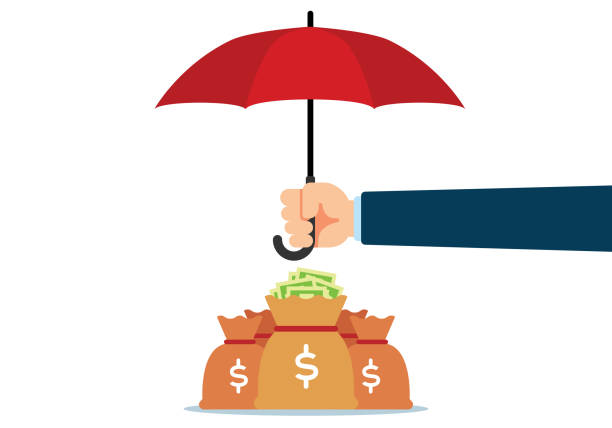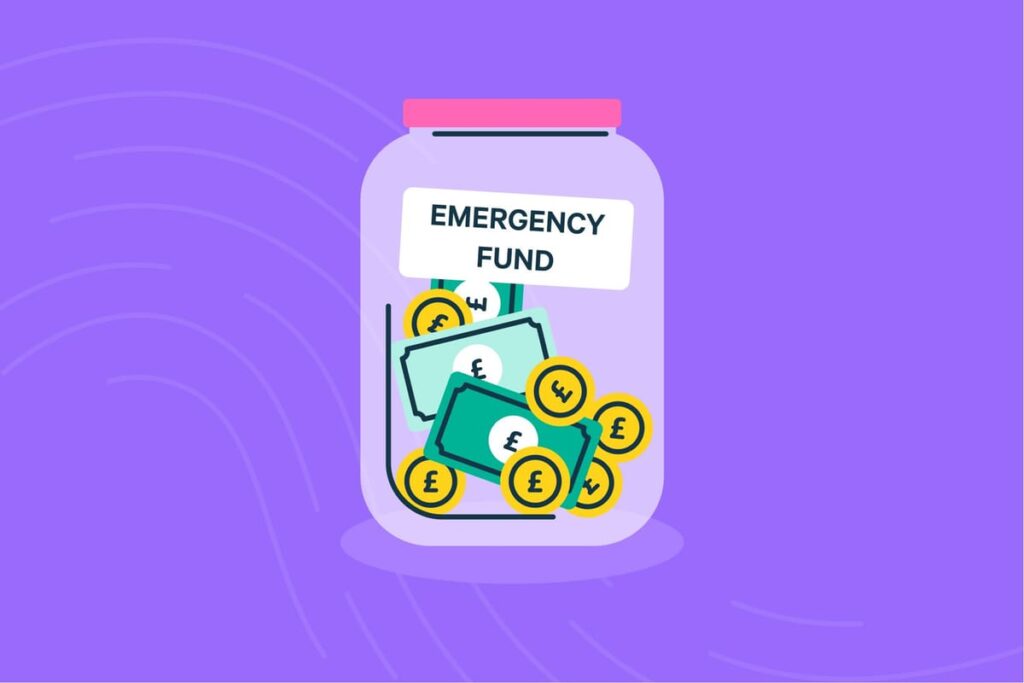A fully funded emergency fund isn’t just a financial luxury; it’s the bedrock of financial resilience. This crucial savings buffer—typically covering three to six months of essential living expenses—acts as a shield against the unexpected financial shocks that life inevitably throws our way: job loss, major medical bills, or an emergency car repair. Without it, these events can quickly derail progress, forcing reliance on high-interest debt like credit cards or personal loans.
While the concept is simple, the process of saving thousands of dollars can feel daunting. However, by adopting a strategic, multi-pronged approach, you can significantly accelerate the growth of your emergency fund. This guide will move beyond the basics of “just save more” and delve into high-impact, actionable strategies for reaching your savings goal much faster.
1. The Foundation: Strategic Goal Setting and Automation
An ambitious goal without a clear plan is just a wish. The first step to speed up your savings is to define your target and lock in your contributions.
Define Your ‘Why’ and ‘How Much’
Before you start, calculate your target. Aim for three to six months of essential expenses. This means rent/mortgage, minimum debt payments, food, utilities, insurance, and transportation. Exclude non-essential spending like dining out or streaming subscriptions.
Next, break the large goal into smaller, achievable milestones. Instead of focusing on the final $10,000 goal, aim for your first $1,000 or one month of expenses. Reaching these smaller checkpoints provides the psychological boost and momentum needed to keep going.
The Power of Financial Automation
The single most effective strategy for consistent saving is automation. Treat your emergency fund contribution like any other non-negotiable bill, such as your rent or car payment.
- Set up Auto-Transfers: Immediately after you get paid, have your bank automatically transfer a set amount from your checking account to your dedicated savings account.
- Use Direct Deposit Splits: Many employers allow you to split your direct deposit into two or more accounts. Funnel a portion of every paycheck directly into your emergency fund before it even hits your primary spending account. This employs the “pay yourself first” principle, making saving completely frictionless and removing the temptation to spend the money.
2. Aggressive Expense Reduction: Creating Immediate Cash Flow
To grow your fund faster, you need to find new money to feed it. While raising income takes time, cutting expenses provides an immediate influx of cash. This phase often requires temporary, disciplined lifestyle adjustments.
The Budget Audit: Finding Hidden Leaks
Conduct a ruthless audit of the last three months of your spending. Identify and immediately cut the “Four Fund Killers”:
- Subscriptions and Memberships: Do you use every streaming service, gym membership, or software subscription you pay for? Cancel or pause the non-essentials.
- Dining Out and Coffee: The costs of daily coffee runs and restaurant meals add up exponentially. Commit to preparing most of your meals at home and bringing your coffee for a set period.
- Negotiable Bills: Call your cable, internet, and mobile providers. Ask for a better rate or threaten to switch. Often, providers will offer a loyalty discount that can save you $20 to $50 a month.
- The “Savings Freeze”: For a month, implement a strict “needs only” spending freeze. Temporarily halt all non-essential discretionary spending—new clothes, entertainment, hobbies—and redirect 100% of that saved money into your emergency fund. This strategy is intense but provides a massive short-term boost.
Leverage the Debt Snowball/Avalanche Gain
If you are already aggressively paying down high-interest debt (like credit cards), once a debt is paid off, redirect the entire amount of that former payment to your emergency fund. This is a highly motivating way to immediately increase your monthly savings contributions without feeling a greater pinch in your overall budget.
3. Income Acceleration: Boosting Your Deposits
While cutting costs is necessary, increasing your income is the only way to dramatically accelerate your savings timeline.
Strategic Side Hustles
Look for ways to generate extra income that can be entirely dedicated to your emergency fund. Unlike your primary salary, which covers expenses, every dollar from a side hustle can be pure savings.
- Monetize Skills: Offer freelance services based on your professional skills (writing, coding, design, consulting).
- The Gig Economy: Utilize platforms for driving, delivery, or task-based work.
- Passive Income (Micro-Wins): Sell unused items online (e.g., clothes, electronics, furniture). This is a one-time income boost but can significantly move the needle, especially for the initial savings milestones.
Windfalls as Rocket Fuel
Commit to allocating a majority (or all) of any financial windfalls directly into your emergency fund. Windfalls include:
- Tax Refunds
- Annual Work Bonuses
- Cash Gifts or Inheritance
- Commission Spikes
Treating a tax refund as “found money” to be spent is a common trap. Treating it as emergency fund fuel is a smart strategy that can cut months off your savings timeline.
4. Optimizing Your Savings Location
Where you store your emergency fund is critical. It must meet two criteria: safety and liquidity (easy access). However, in today’s environment, you can also make your money work harder for you.
The High-Yield Advantage
Avoid traditional savings accounts that often offer minuscule interest rates. Open a High-Yield Savings Account (HYSA), typically found at online-only banks. These accounts are still FDIC-insured (up to the legal limit) and keep your money perfectly safe and accessible, but they offer an Annual Percentage Yield (APY) that is often 10x to 20x higher than a traditional bank.
While the interest earned won’t fund your entire emergency goal, it acts as a constant, passive boost. Earning $50 to $100 per year on your savings, depending on the balance, is better than earning near zero and helps combat the effects of inflation.
Crucial Note: The emergency fund should never be invested in volatile assets like stocks, bonds, or cryptocurrencies. The risk of losing principal and the lack of immediate access defeat the entire purpose of the fund. Its purpose is safety, not aggressive growth.
Conclusion: Consistency Trumps Intensity
Building an emergency fund quickly is an exercise in focused financial discipline. It requires a temporary period of high intensity—aggressively cutting costs, boosting income, and leveraging every savings opportunity—but the most important factor is consistency.
By automating your contributions, ruthlessly cutting discretionary expenses, strategically using side income, and storing your funds in a high-yield account, you transform the intimidating task of saving into a manageable, accelerated project.
Once your emergency fund is fully funded, you will have achieved a level of financial peace that no investment portfolio can offer. You are then free to pivot your focus to other long-term wealth-building goals, knowing your safety net is securely in place. The time to start building that essential shield is now.




